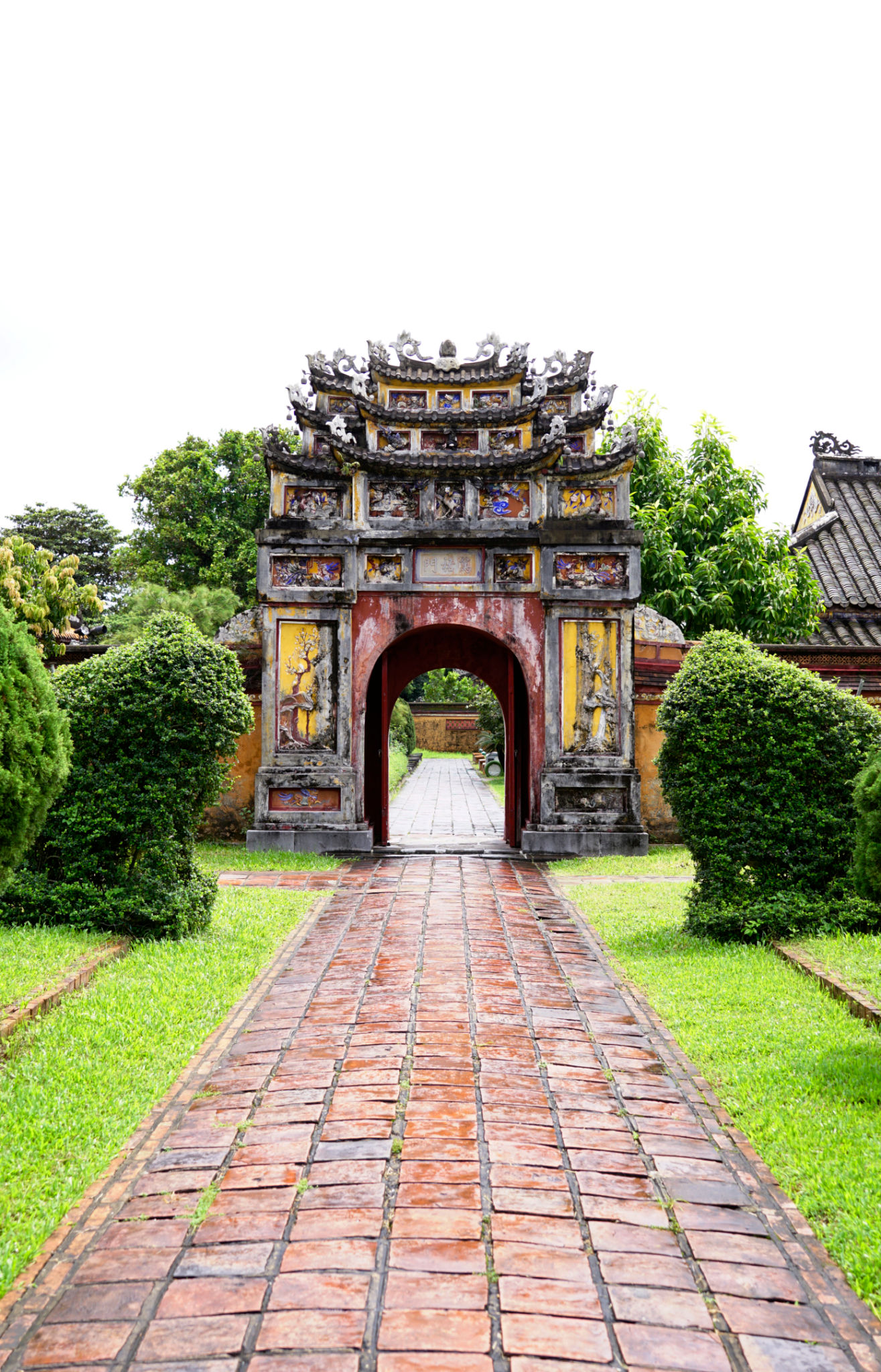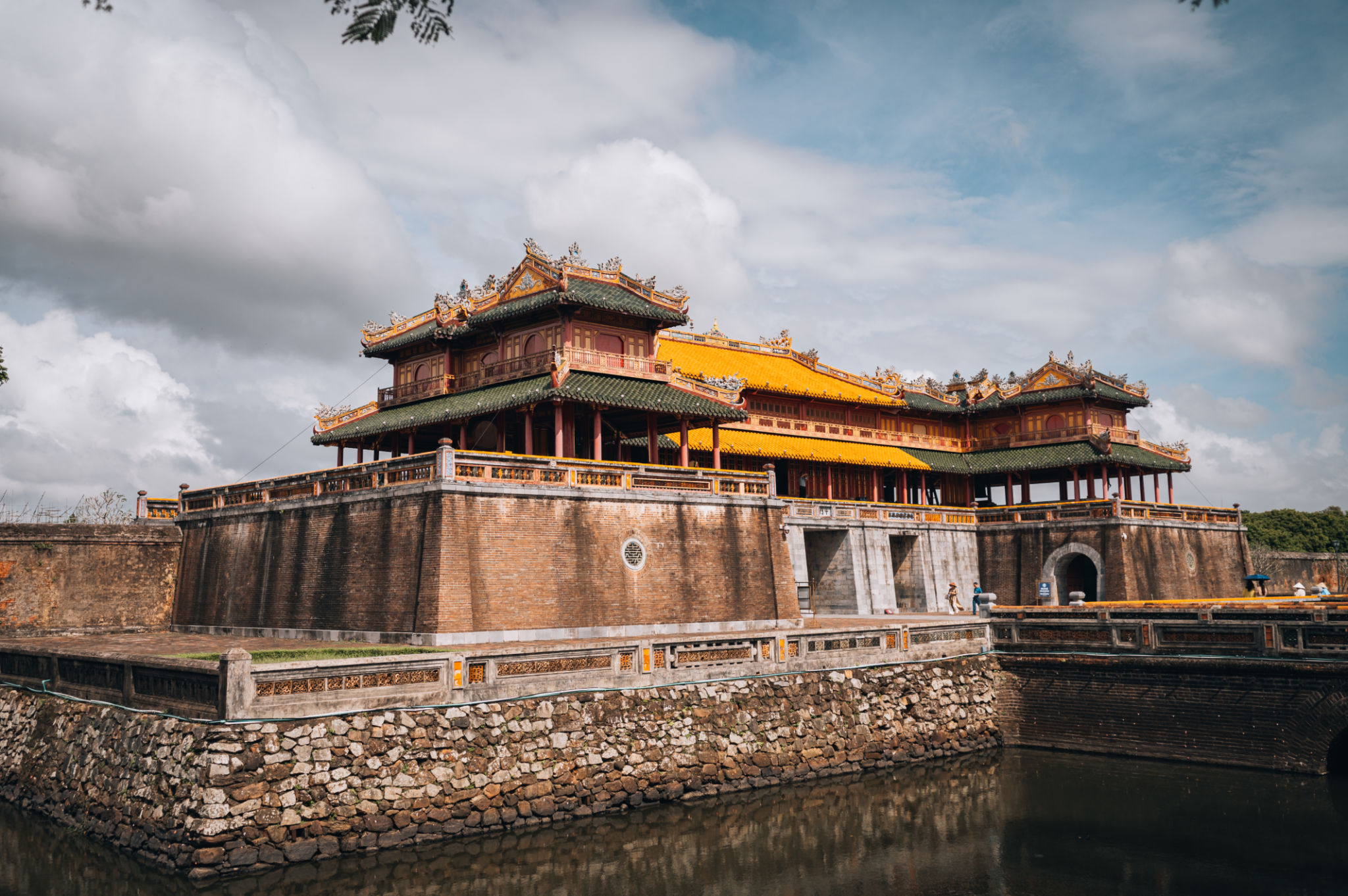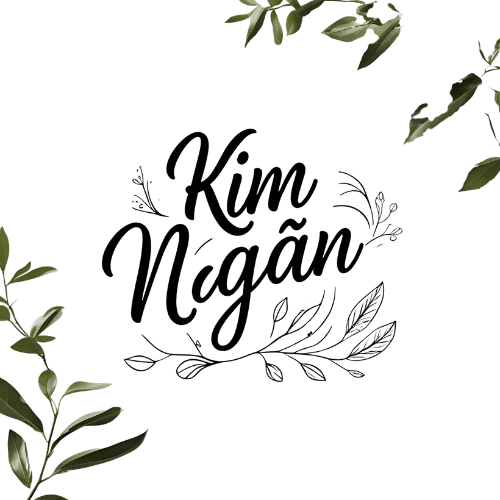Hue – Slow Days in Vietnam’s Poetic Imperial City

Hue – Slow Days in Vietnam’s Poetic Imperial City
1. Overview & Highlights
Hue doesn’t rush.
It doesn’t shine with the modern charm of Da Nang, nor does it buzz with the energy of Saigon. But Hue lingers — in its quiet streets, drifting incense, and reflections on the Perfume River.
Once the imperial capital of Vietnam, Hue is home to ancient citadels, royal tombs, and the gentle flow of tradition.
Wander through its tree-lined avenues or stand on Truong Tien Bridge at dusk — and you’ll feel like time has chosen to pause here, just for you.
2. Culture & People
Hue’s culture is a balance of elegance and simplicity.
There’s a royal heritage in its palaces, a Buddhist calm in its temples, and a folk softness in its people.
Hue locals speak softly, move gently, and seem to carry the rhythm of poetry in everyday life. They don’t hurry — and somehow, that invites you to slow down too.

3. Must-Try Foods
Hue’s cuisine is delicate yet flavorful — often served in small, beautiful portions:
- Bun bo Hue (spicy beef noodle soup) – robust and fragrant
- Banh beo, banh bot loc, banh nam – steamed rice cakes with shrimp
- Com hen (baby clam rice) – rustic and addictive
- Lotus seed sweet soup, imperial tea, sesame candy (me xung)
🌿 An afternoon in Hue with lotus tea and a quiet street view is a kind of luxury you won’t find anywhere else.
4. Practical Travel Tips
How to get there:
- Fly, take a train, or ride a bus from Hanoi, Da Nang, or Ho Chi Minh City
- Rent a motorbike or take a cyclo ride for local exploration
Best time to visit:
March – May: pleasant weather, spring flowers
September – November: romantic mist, poetic rains
Avoid heavy rain season (October–November) if possible
Where to stay:
Boutique hotels in the Citadel, riverside homestays, or peaceful resorts near pagodas
5. Recommended Clothing
- Flowing dresses, soft blouses, or modern ao dai
- Earth tones, white, and pastels look stunning in Hue’s setting
- Comfortable walking shoes or sandals
- A small umbrella or a conical hat – both functional and photo-friendly
6. Best Photo Spots
- Truong Tien Bridge and Perfume River at sunset
- Tomb of Tu Duc, Khai Dinh Tomb – elegant, moody, artistic
- Thien Mu Pagoda, Vong Canh Hill – views and silence
- Quoc Hoc High School, Kim Long garden houses
- Café gardens, narrow alleys, and evening cyclo rides
6.1. Must-Visit Attractions & Experiences
- Hue Imperial Citadel – the former royal palace
- Tu Duc, Khai Dinh, Minh Mang Tombs – each with its own atmosphere
- Thien Mu Pagoda, Hon Chen Temple
- Perfume River cruise, Vong Canh Hill
- Dong Ba Market, Bao Vinh old town
- Hue Museum of Royal Fine Arts
7. Suggested Itinerary (3 Days, 2 Nights)
Day 1: Arrival – explore the Imperial City – Truong Tien Bridge – bun bo Hue dinner
Day 2: Visit royal tombs – Thien Mu Pagoda – boat ride on the river – café stop
Day 3: Morning at Dong Ba Market – stroll in Kim Long village – head to the airport/train
8. FAQs & Reference Costs
- Is Hue too quiet? → Yes, but beautifully so. It’s where silence speaks.
- Estimated Costs:
Homestay: $15–30/night, Hotels: $30–50/night
Meals: $5–10/day
Entrance tickets for monuments: ~$15 (combo)
Hue is a city you don’t visit. You settle into it.
You walk slower, breathe deeper, and feel more. You remember your own softness.
And when you leave Hue, it doesn’t feel like you’ve left a city —
It feels like you’ve left a poem half-finished.
